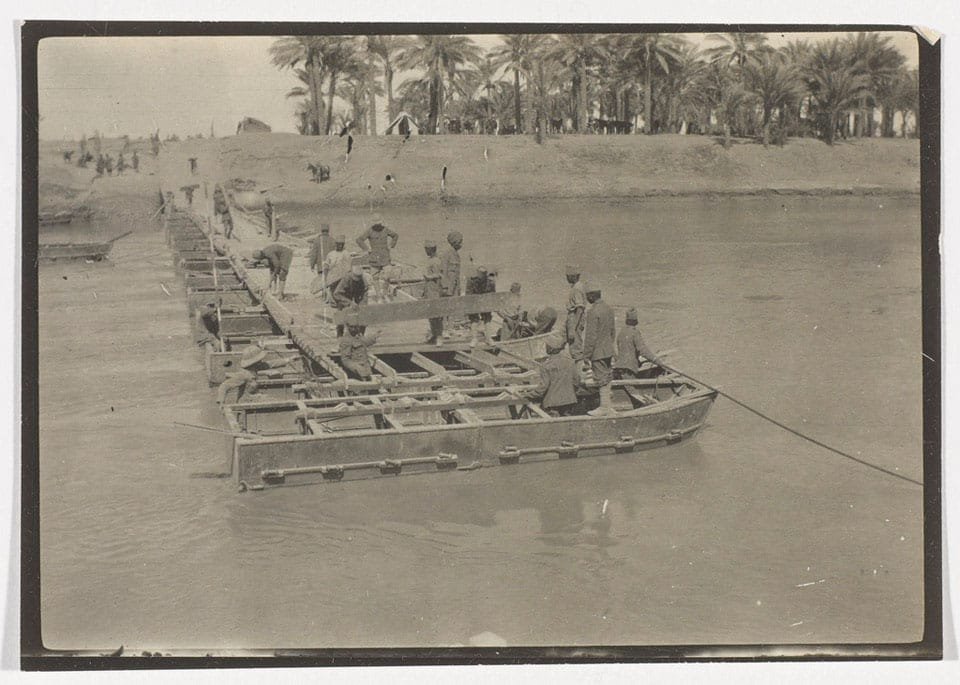Last weekend I had the privilege of delivering a talk at the Royal Engineers Reserves…
Events


Royal Engineers Historical Society Study Day
Last week saw me in Ripon at Claro Barracks providing support for the Royal Engineer…
Admin


The Horseback Sapper – Going forward
This website has been a bit of an evolution over the years. It all started…
Blog


Blog Post photos – Bit of work needed!
Over the last few weeks I’ve noticed that some of the photos for the blog…
Blog


Researching the Sappers in Mesopotamia
Over the last few months I have been researching the Mesopotamia campaign, 1914 through to…

